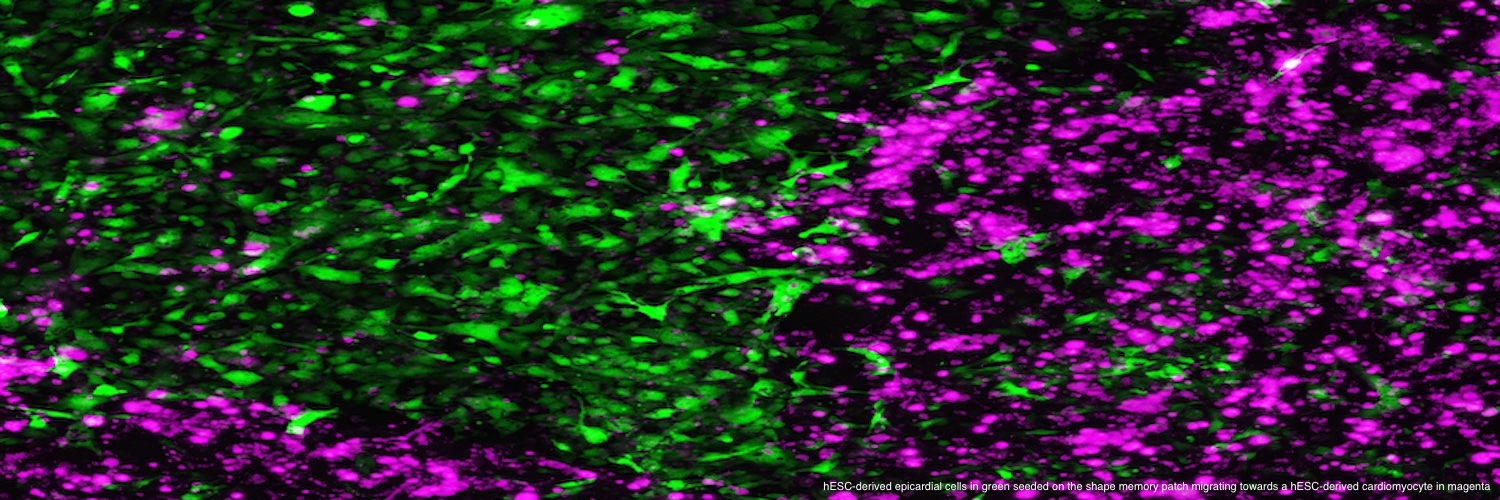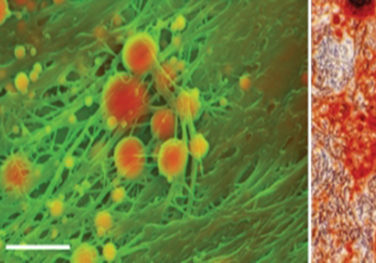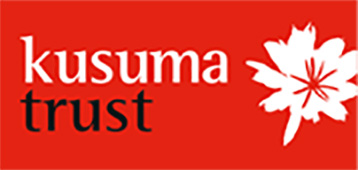Stevens Group, Imperial College, and Sinha Lab, Cambridge University
Pioneering ways to treat damage to the heart
We’re continuing to support vital research into new ways to treat the body’s most amazing muscle.
At the end of 2020, we gave a grant of £200,000 to enable research by Dr Sanjay Sinha at the Wellcome – MRC Cambridge Stem Cell Institute, and Prof Molly Stevens at Imperial College London. They’re collaborating to develop pioneering new materials that heal the heart and could potentially be used to prevent heart failure.
Their work follows on from some initial successful work by the Stevens Group to develop cardiac patches – a type of ‘plaster for the heart’. In the latest research, the Stevens Group are using their patch to load stem cells produced at the Sinha Lab and deliver them to the heart, with the aim of regenerating the heart muscle.
This is our third grant to help develop treatments for heart disease. You can read about the first grant, which went towards cardiac patch research, here. The second grant is helping develop a unique kind of ‘hydrogel’ for further evaluation, which you can read about here.
- According to the British Heart Foundation, 450 people die every day from a heart or circulatory disease
- New treatments may mean better outcomes for the 100,000 people who are admitted to hospital each year due to heart attacks.
- Cardiovascular diseases are the number one cause of death globally, taking an estimated 17.9 million lives each year, according to the World Health Organisation.

“Heart failure affects almost a million people in the UK alone and we urgently need new treatments. In my lab, we use human stem cells to generate different kinds of human heart cells which have enormous potential for repairing damaged hearts. The joint funding by the Kusuma Trust has enabled us to combine our cells with Prof Steven’s unique memory scaffolds to develop new minimally invasive ways to deliver our cells to a damaged heart. This research has huge promise for potential application to patients in the future.”
More Success Stories
The Stevens Group at Imperial College London

The Stevens Group at Imperial College London

